The torrid heat wave in Italy has been all over the international news. Rome’s ubiquitous public drinking fountains have been shut off for the first time in history, wildfires on Mount Vesuvius are darkening the skies over Naples, and Florence and most of surrounding Tuscany have been on red alert for high temperatures for weeks.
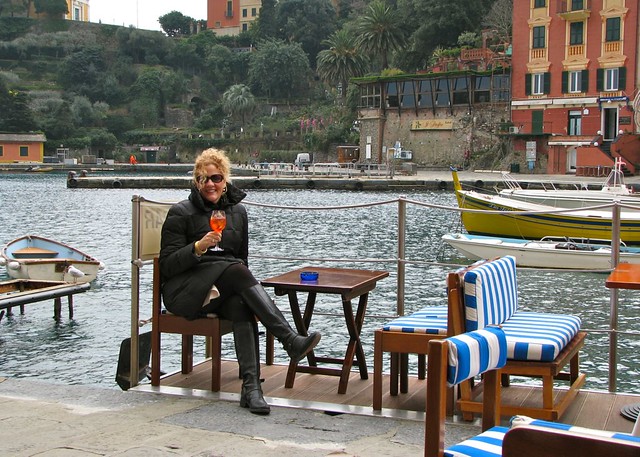
(Photo by Concierge in Umbria via Flickr)
Though Italy is beautiful on any day and in any season, when the mercury shoots sky-high, it can be a challenge to fully appreciate the charm of the Bel Paese. During these languid July afternoons spent digesting our pasta lunch in comfort of a powerful fan, we are reminded of why a winter visit to Italy can be so rewarding, and why now is the time to start planning.
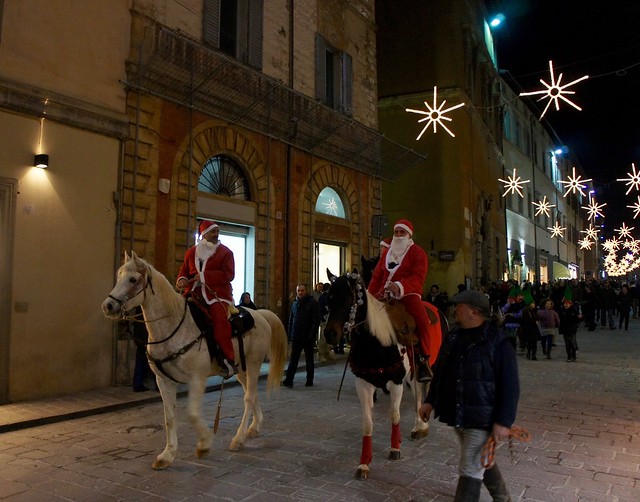
(Photo by Concierge in Umbria via Flickr)
The Pros of a Winter Trip to Italy
Italy All to Yourself
There is no denying that winter is low season for travel to Italy, which means that the main tourists sights and cities are delightfully free of the crush of tourists that crowd the streets from spring through fall. Sure, the main cities of Rome, Florence, and Venice are never completely deserted, but the difference between sunning yourself at the Trevi fountain on a mild winter day with a handful of other visitors, and elbowing your way through hundreds of selfie-snappers on one of the hottest days of the summer just to get a peek at this Baroque masterpiece is dramatic.
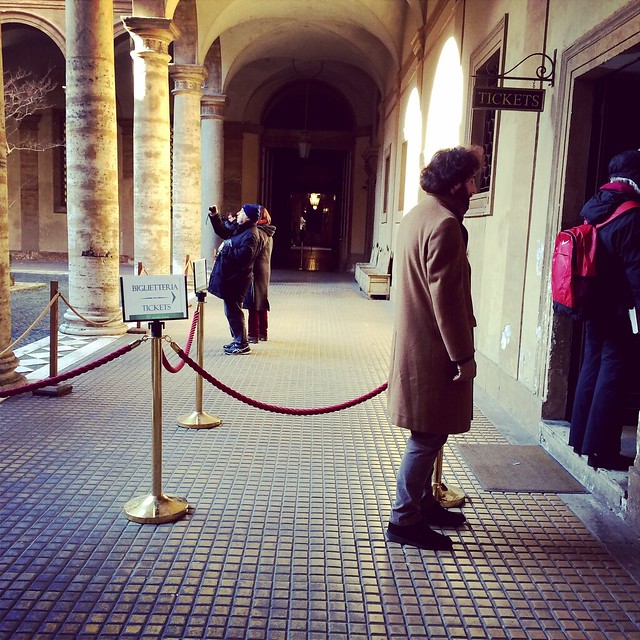
(Photo by Concierge in Umbria via Flickr)
With a fall in the number of tourists, you will also find it easier to find choice accommodations at reasonable prices, tables at even the most famous restaurants, tickets for Italy’s world-class museums and galleries, and photo-ops without a background of dozens of strangers.
Shorter but More Pleasant Days
The days are shorter in winter even in Italy, but since you don’t have to manage the heat of the afternoon by staying indoors, you end up with about the same amount of time for touring. In addition, Italian cities are particularly lovely in the evening, especially when lit by holiday fairy lights, making the evening passeggiata to windowshop and stop for an aperitivo before dinner especially picturesque.
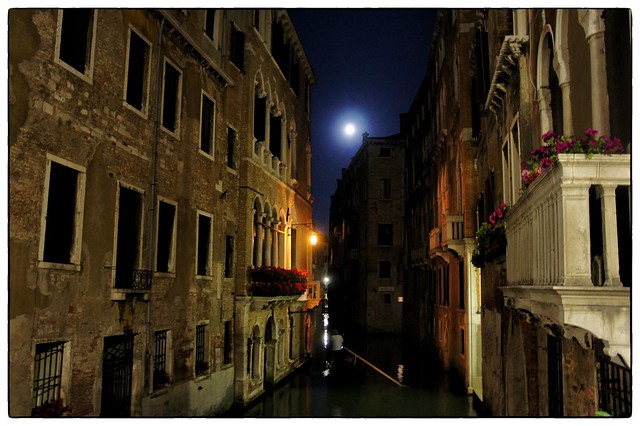
(Photo by Concierge in Umbria via Flickr)
One of our favorite evening activities in Italy is a gondola ride in Venice by night, and in the wintertime you can snuggle beneath a lap blanket while you’re rowed through these famous canals with the lights reflecting on the water and the silence of the low-season to complete the mood.
The Local Life
Residents of Rome, Florence, and Venice know something we don’t…that their gorgeous cities become miserable in the dog days of summer. For millenia, these city dwellers have struck out for the coastline or countryside in the summer, leaving behind a skeleton city populated mostly by tourists. In the winter, the locals are all home, shopping in the local markets, eating out in the corner restaurants, and generally going about their daily lives, so visitors get a better feel for the authentic rhythm of the city and its neighborhoods.
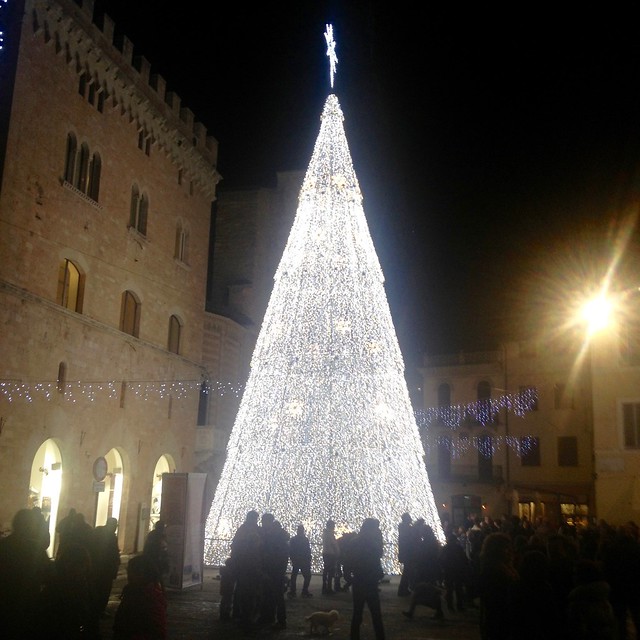
(Photo by Concierge in Umbria via Flickr)
The Right Travelers
We love college students and are the proud aunt and uncle to a recent Harvard graduate, but when crowds of high school and university kids stream into Rome or Florence on their summer breaks and get raucous, they can be hard to love. In the winter, most visitors to Italy are adults who don’t have to follow an academic schedule, so the restaurants are quieter, the evening hot spots easier to manage, and general vibe just a bit more, ahem, adult.
The Cons of a Winter Trip to Italy
Limited Options
In the summertime, Italy is your oyster. From hiking trips in the Dolomites to the beaches of Salento, there isn’t a destination that isn’t open for business. In the winter months, a number of areas around Italy clam up and should be avoided until the tourist season begins again. We recommend visiting Italy’s biggest cities of Rome, Florence, and Venice during the winter, and leaving the Tuscan and Umbrian countryside, coastline, and islands for the summertime.
Weather
The weather can be a bit more unpredictable during the winter, with rain (or even snow!) or wind making it difficult to impossible to sip a cappuccino in an outdoor cafè like you’ve always dreamed. Though Rome and southern cities can be quite mild, Florence and Venice are cold in the winter months and you should plan accordingly. That said, between managing an afternoon of rain or a week of scalding temperatures, the former is often easier.


